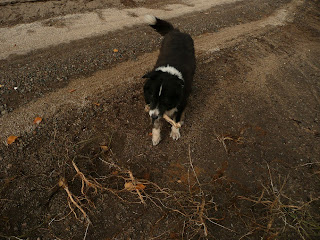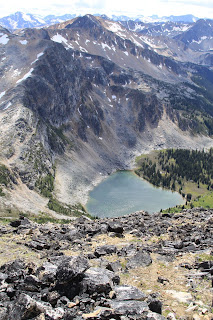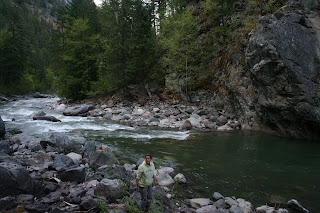WhisperLite International Back-packing Stove
Rating 4.5/5
Review:
I have personally owned this model of stove for 12 years and have a lot of experience using it in a wide range of conditions. First, let's look at the features:
Weight: apprx. 15 oz
Fuel Types: White Gas, Kerosene, Automobile Gas (unleaded of course)
Burn Times: White Gas110 minutes - Kerosene 160 minutes (with standard fuel bottle as seen)
Time to boil one L of H2O (at sea-level): White Gas 3.5 min - Kerosene 4.4 min.
Now that we've read the specs let's talk about performance. This is a very dependable stove. I still own my first model which I use on mountaineering trips, backpacking adventures and while guiding. So far I have only had to replace one part, the Pump. The plastic plunger broke after being stepped on. This was a very easy part to find and only cost around $20. I have also replaced the windshield and reflective base as my old ones were becoming a little too disgusting to use (aprox $15).
How to use: The stove bottle must be pressurized and the stove primed. Do so by allowing a little liquid fuel to escape into the cup at the base of the stove. At this time it is best to have the stove assembled and place on to the base heat shield on a fairly level spot. Ignite the fuel (with the valve turned off) allow the flame to burn nearly out - you should notice the stove sputtering now. Now turn on the stove to the level of your desire. Be sure to use the windshield as it greatly reduces boil times. When carrying the stove in your pack it is always a good idea to depressurize the stove.
Pros: This stove uses three commonly found fuels as listed above. I have used automobile gas for two months straight with no problems.
Fuel bottles are re-fillable reducing waste you need to carry (spent cannisters) and thus garbage. This also allows you to switch between available fuels.
Very light and compact (fits into a 1.4 l. pot).
Larger fuel bottles are available.
A field repair kit is available for little cost and it adds little weight or volume to your pack. This kit is able to repair nearly everything except total destruction (ie running it over with a vehicle).
Not prone to plugging up and easy to unplug 90% of the time while using the shaker jet option (when cool, just shake the stove - really)
Cons: This stove can be unstable with larger cooking pots (but what is one to do?).
Cannot accept pressurized gas canisters (but I believe that is a plus).
Does not simmer well. Let's say it simmers with the subtlety of a blowtorch. (a way to alleviate this issue is to use a heat diffuser or to constantly lift the pot away from the flame when you are cooking something delicate).
I'm not a great fan of using kerosene because of how dirty it burns and leaves my pots black. Kerosene needs a separate priming fuel.
Summary:
This is a great stove. It is very dependable, which is extremely important on longer back-country trips. I have carried this stove along side with a similar Coleman version. Coleman broke, MSR has never yet let me down. For well under $100.00, there are few stoves out there that are even worth considering.
Additional Notes: The initial flare up due to priming can be a little large and unruly. This has nothing to do with the actual design, but how much fuel you use. Even though you should never use a stove in a tent, some weather conditions may force you to take a risk. Minimize the danger!!! Prime your stove outside the tent to avoid burning it down (our outside a low hanging tarp). When the stove is on - then consider moving it into the vestibule with all tent vents wide open and hopefully some wind to push the exhaust outside... carbon monoxide poisoning is always a danger when cooking in a confined space. This also holds true for a quincy or snow cave - I know of people who have died in snow caves due to using a stove inside without proper ventilation - be warned!






































